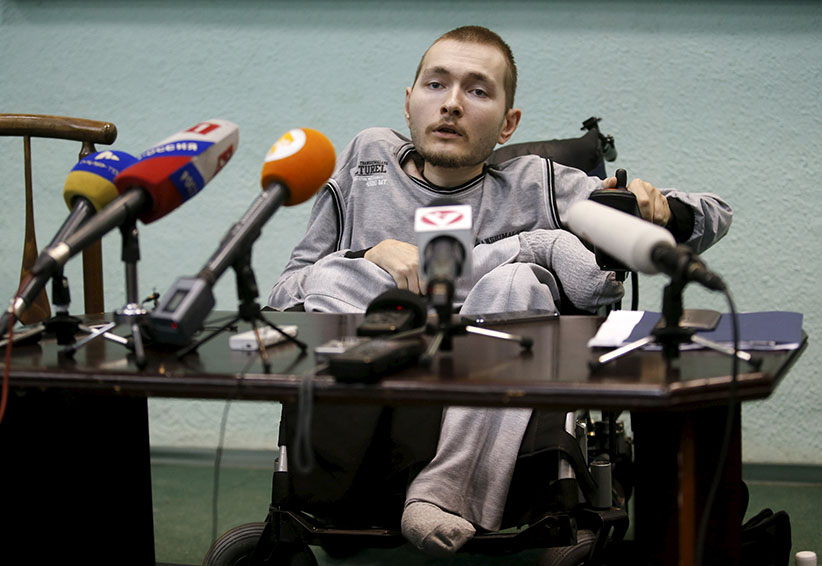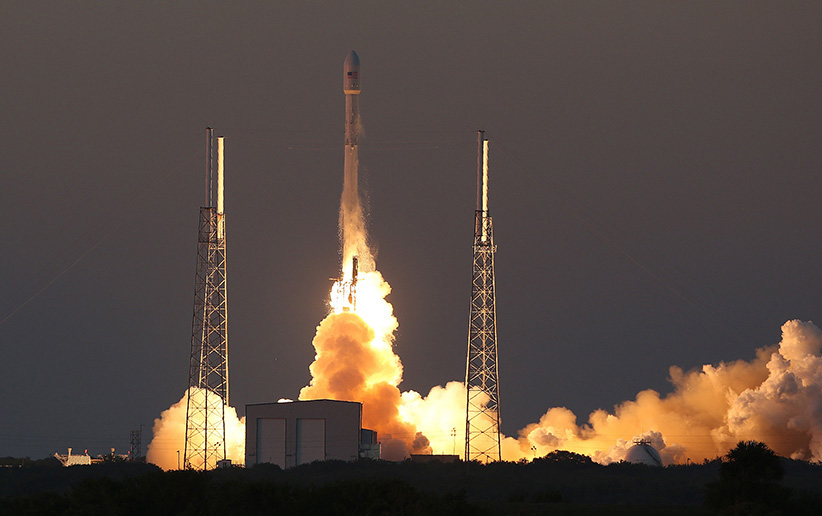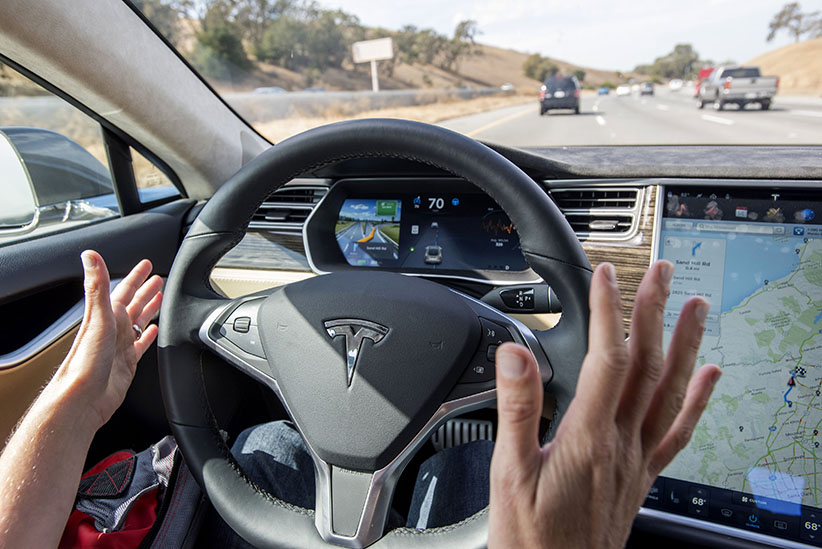Warning: Strange science looms ahead in 2017
2017 will be a year when science will seem a lot like science fiction
A member of the media test drives a Tesla Motors Inc. Model S car equipped with Autopilot in Palo Alto, California, U.S., on Wednesday, Oct. 14, 2015. Tesla Motors Inc. will begin rolling out the first version of its highly anticipated “autopilot” features to owners of its all-electric Model S sedan Thursday. Autopilot is a step toward the vision of autonomous or self-driving cars, and includes features like automatic lane changing and the ability of the Model S to parallel park for you. (David Paul Morris/Bloomberg/Getty Images)
Share

It sounds like a script for a Frankenstein sequel, but an Italian neuroscientist will perform the first human head transplant in 2017. His patient, 31-year-old Russian Valery Spiridonov, volunteered because he suffers from a rare genetic disorder, often fatal, called Werdnig-Hoffmann disease that degenerates nerve cells in the brain and spinal cord. “Removing all the sick parts but the head would do a great job in my case,” Spiridonov told The Atlantic. “I couldn’t see any other way to treat myself.”

After buying these shoes in 2017 and spending the next few years of running them into the ground, don’t throw them in the trash. Instead, wash them down the sink. Advertised as the first 100 per cent biodegradable athletic shoe, Adidas’s upcoming offering for sneakerheads and environmentalists alike is made from lab-grown spider silk—which requires a fraction of the fossil fuels used to make the plastic in most shoes—and comes with a special enzyme that will dissolve the footwear for composting in a matter of hours.

While Elon Musk’s SpaceX aims to launch astronauts to the International Space Station in 2017, the same year Jeff Bezos hopes to have manned sub-orbital test flights for his Blue Origin space tourism, Google is shooting for the moon. With a registration deadline of 2010, the Google Lunar X-Prize offered $30 million in prize money to privately funded teams that could send a spacecraft to the moon’s surface, where it would travel 500 m and send high-definition video back to Earth. The goal of the competition is to inspire the development of low-cost robotic space exploration. The space race is not only between fellow teams but also against the clock: their mission must be complete by the end of 2017.

In what will certainly catch the attention of Ontario drivers, three groups—including a software system owned by BlackBerry—will test their autonomous vehicle technology on public roads in 2017. Meanwhile in the U.S., ride-sharing service Lyft plans to have autonomous cars driving on fixed routes in 2017. Fortunately, driverless cars don’t get distracted by all the attention.